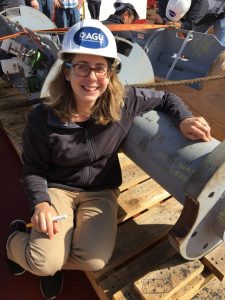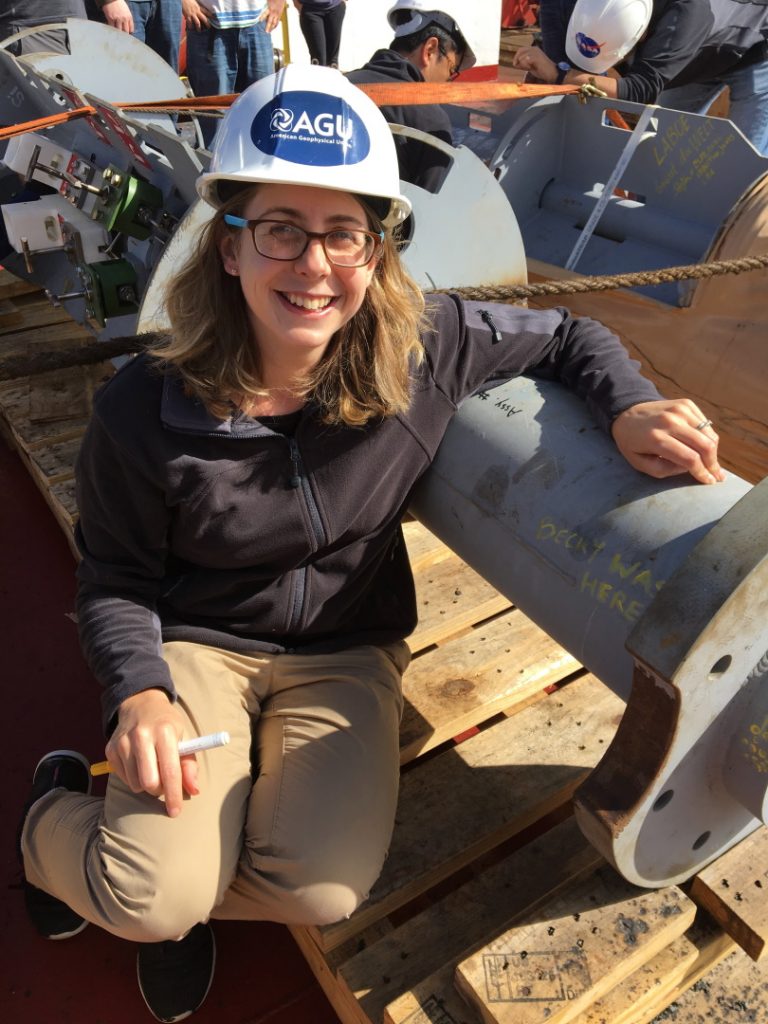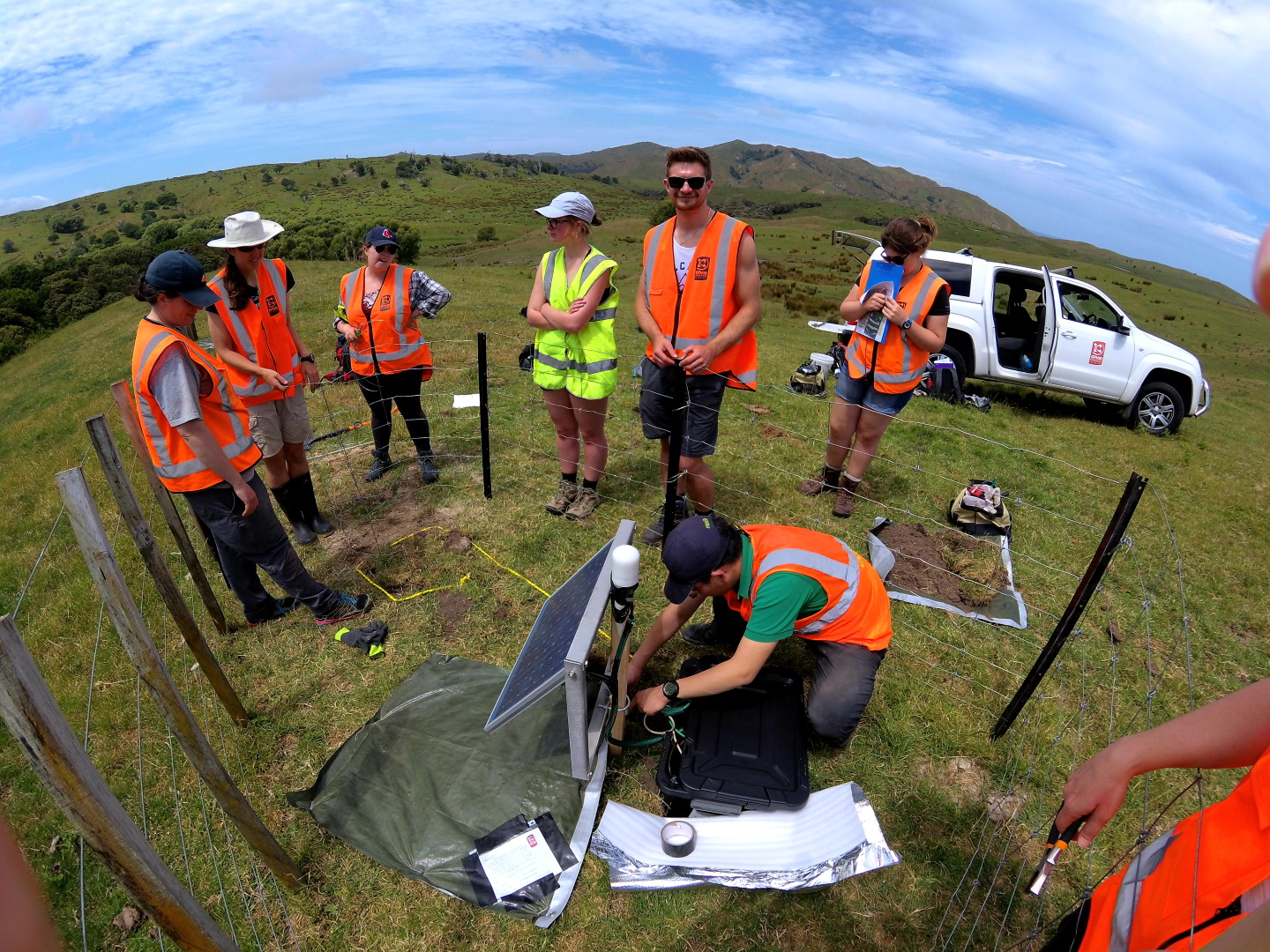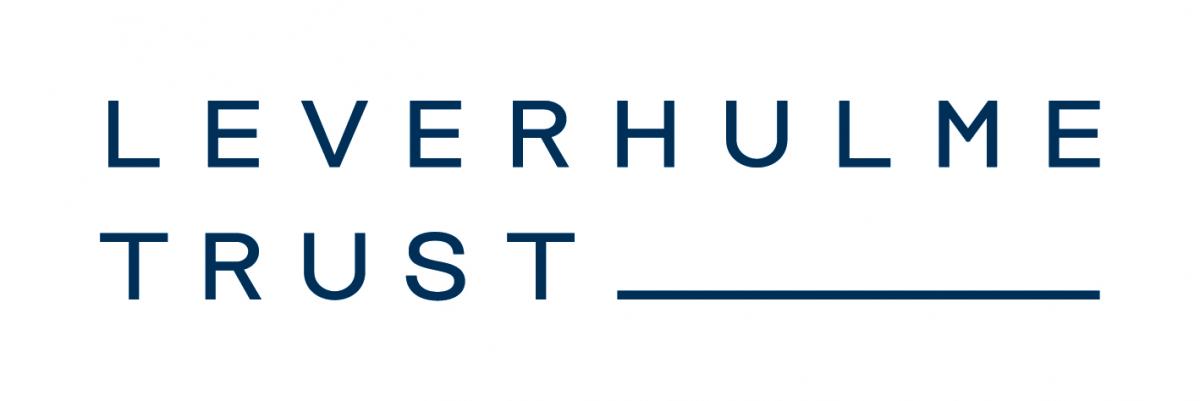The slow and silent earthquakes that are shaking up seismology
We tend to think of the Earth’s surface as stationary, but in fact we are floating on a thin rigid crust: only a handful of miles beneath our feet lies the ductile mantle, which makes up 84% of the Earth’s total volume. The tectonic plates that form the planet’s outer layer “float” on the mantle, and their movements can have drastic implications for life on the Earth’s surface.
WHAT ARE SLOW SLIP EVENTS?
Geologists across the world are constantly monitoring the movement of these tectonic plates with earthquake-detecting tools such as seismometers. The more obvious impacts of these plates grinding together or pulling apart (large earthquakes and tsunamis) have been known for centuries, but it is only in recent years that some of the more subtle effects have been explored.
“We can’t feel slow slip events, and seismometers can’t detect them either,” says Dr Rebecca Bell. She is an Earth scientist in the Department of Earth Science & Engineering at Imperial College London and is investigating slow slip events, otherwise known as “silent earthquakes”. “We know they happen because networks of GPS stations (using similar technology to smartphone mapping apps) record spatial shifts as large as if an earthquake had happened.”
These shifts do not occur suddenly, as is the case with typical earthquakes, but over much longer periods – weeks or even months. It is only in the last couple of decades that GPS stations have become sufficiently sophisticated and numerous to notice these changes.
SO, ARE THESE SLOW SLIP EVENTS HARMLESS?
Even though these events happen slowly, they may have the potential to fuel natural disasters just like typical earthquakes. Slow slip events occur on faults (gaps between tectonic plates) and can cause as much plate movement as a magnitude 7 earthquake. Becky explains why this is cause for concern: “A slow slip event might push part of the surrounding fault closer to slipping in a large earthquake, which could potentially produce a tsunami.”
There is some evidence that the catastrophic tsunami that hit Japan in 2011, resulting in the nuclear meltdown of the Fukushima power plant, was preceded by slow slip events. The question is: Could a slow slip have triggered this large earthquake? “Because we have only known about slow slip events for a relatively short time, we haven’t had enough time to see if there is a statistically significant relationship between slow slip events and large earthquakes occurring soon after,” says Becky.
WHAT IS CURRENTLY KNOWN ABOUT SLOW SLIP EVENTS?
Slow slip events can broadly be divided into two categories: deep and shallow. Deep slow slip events are easier to explain, as these happen at depths where extreme heat from within the Earth means that rock begins to deform in a ductile way – “like a chocolate bar that’s been left in the sun,” as Becky puts it.
Shallow slow slip events are less straightforward, because they happen at a range of depths and temperatures. One leading theory is that they are linked to high fluid pressure, which occurs when fluids within gaps in the rock are put under pressure when they are buried. Lab studies have found that high fluid pressure between rock samples reduces friction and lets them slip slowly past each other, rather than building up force and slipping all at once, as in a typical earthquake.
Another idea is that some rock types might have certain frictional properties that lend themselves to slow slip events. More research is needed to fully decipher these theories, which is what Becky’s team is working on.
HOW DO BECKY AND HER TEAM STUDY SLOW SLIP EVENTS?
“The most direct way to learn about what is below the Earth’s surface is to drill into it directly,” says Becky. “However, drilling is very expensive and technically challenging.” The best drills can only penetrate 4km or so into the Earth’s crust in areas of deep water and very deformed rocks, and even shallow slow slip events can occur deeper than this. That said, drilling is still highly informative.
In 2017-2018, the International Ocean Discovery Program (IODP) led a drilling expedition off the coast of northern New Zealand. The tectonic plate here is being subducted (pushed beneath another plate), but is currently relatively near the surface, within reach of the IODP’s drills. “Now we have rock samples from this expedition, scientists can perform laboratory experiments to see how the speed of sound passing through them changes when they get buried or experience different fluid pressures,” explains Becky.
WHAT HAS SOUND GOT TO DO WITH THIS RESEARCH?
If drills can’t go deep enough, how are scientists like Becky researching and measuring slow slip events? The answer lies in sound waves. Becky and her team are using a new technique called full waveform inversion, which not only measures the time taken for sound waves to travel through the rock, but also takes into account the shape of the returning sound wave. “In this technique, a boat produces a large air bubble which produces a pressure (sound) wave in the water,” Becky explains. “This pressure wave travels through the water and into the rock. By comparing the high-resolution speed of sound models to the results of the IODP drilling expedition, we will be able to diagnose the types of rocks and fluid pressure that exist in the slow slip zone at depths greater than the drills can reach.”
Why is this important? The information learned from experiments like this gives Earth scientists like Becky a greater understanding of slow slip events – i.e. knowing why some faults experience slow slip events and others lead to large earthquakes. And this understanding could help us predict major earthquakes much further in advance, saving lives in the process.
 DR REBECCA BELL
DR REBECCA BELLEarth Scientist
Faculty of Engineering, Department of Earth Science & Engineering, Imperial College London, UK
FIELD OF RESEARCH: Geology and Geophysics
RESEARCH PROJECT: Becky is investigating the conditions behind slow slip events, also called “silent earthquakes”, and how these might lead to major natural disasters.
FUNDERS: UK Research and Innovation, The Leverhulme Trust
Reference
https://doi.org/10.33424/FUTURUM39
Photo courtesy of Sian Evans.
Photo courtesy of Kate Boersen, East Coast Lab.
Image courtesy of Darren D’Cruz, GNS Science.
WHAT ARE SLOW SLIP EVENTS?
Geologists across the world are constantly monitoring the movement of these tectonic plates with earthquake-detecting tools such as seismometers. The more obvious impacts of these plates grinding together or pulling apart (large earthquakes and tsunamis) have been known for centuries, but it is only in recent years that some of the more subtle effects have been explored.
“We can’t feel slow slip events, and seismometers can’t detect them either,” says Dr Rebecca Bell. She is an Earth scientist in the Department of Earth Science & Engineering at Imperial College London and is investigating slow slip events, otherwise known as “silent earthquakes”. “We know they happen because networks of GPS stations (using similar technology to smartphone mapping apps) record spatial shifts as large as if an earthquake had happened.” Broadcast is similar to multicast except that all households receive the information, not just the users who expressed an interest in receiving it. Multicast and broadcast make the entire process of sharing the same information to multiple users more efficient and scalable.
These shifts do not occur suddenly, as is the case with typical earthquakes, but over much longer periods – weeks or even months. It is only in the last couple of decades that GPS stations have become sufficiently sophisticated and numerous to notice these changes.
SO, ARE THESE SLOW SLIP EVENTS HARMLESS?
Even though these events happen slowly, they may have the potential to fuel natural disasters just like typical earthquakes. Slow slip events occur on faults (gaps between tectonic plates) and can cause as much plate movement as a magnitude 7 earthquake. Becky explains why this is cause for concern: “A slow slip event might push part of the surrounding fault closer to slipping in a large earthquake, which could potentially produce a tsunami.”
There is some evidence that the catastrophic tsunami that hit Japan in 2011, resulting in the nuclear meltdown of the Fukushima power plant, was preceded by slow slip events. The question is: Could a slow slip have triggered this large earthquake? “Because we have only known about slow slip events for a relatively short time, we haven’t had enough time to see if there is a statistically significant relationship between slow slip events and large earthquakes occurring soon after,” says Becky.
WHAT IS CURRENTLY KNOWN ABOUT SLOW SLIP EVENTS?
Slow slip events can broadly be divided into two categories: deep and shallow. Deep slow slip events are easier to explain, as these happen at depths where extreme heat from within the Earth means that rock begins to deform in a ductile way – “like a chocolate bar that’s been left in the sun,” as Becky puts it.
Shallow slow slip events are less straightforward, because they happen at a range of depths and temperatures. One leading theory is that they are linked to high fluid pressure, which occurs when fluids within gaps in the rock are put under pressure when they are buried. Lab studies have found that high fluid pressure between rock samples reduces friction and lets them slip slowly past each other, rather than building up force and slipping all at once, as in a typical earthquake.
Another idea is that some rock types might have certain frictional properties that lend themselves to slow slip events. More research is needed to fully decipher these theories, which is what Becky’s team is working on.
HOW DO BECKY AND HER TEAM STUDY SLOW SLIP EVENTS?
“The most direct way to learn about what is below the Earth’s surface is to drill into it directly,” says Becky. “However, drilling is very expensive and technically challenging.” The best drills can only penetrate 4km or so into the Earth’s crust in areas of deep water and very deformed rocks, and even shallow slow slip events can occur deeper than this. That said, drilling is still highly informative.
In 2017-2018, the International Ocean Discovery Program (IODP) led a drilling expedition off the coast of northern New Zealand. The tectonic plate here is being subducted (pushed beneath another plate), but is currently relatively near the surface, within reach of the IODP’s drills. “Now we have rock samples from this expedition, scientists can perform laboratory experiments to see how the speed of sound passing through them changes when they get buried or experience different fluid pressures,” explains Becky.
WHAT HAS SOUND GOT TO DO WITH THIS RESEARCH?
If drills can’t go deep enough, how are scientists like Becky researching and measuring slow slip events? The answer lies in sound waves. Becky and her team are using a new technique called full waveform inversion, which not only measures the time taken for sound waves to travel through the rock, but also takes into account the shape of the returning sound wave. “In this technique, a boat produces a large air bubble which produces a pressure (sound) wave in the water,” Becky explains. “This pressure wave travels through the water and into the rock. By comparing the high-resolution speed of sound models to the results of the IODP drilling expedition, we will be able to diagnose the types of rocks and fluid pressure that exist in the slow slip zone at depths greater than the drills can reach.”
Why is this important? The information learned from experiments like this gives Earth scientists like Becky a greater understanding of slow slip events – i.e. knowing why some faults experience slow slip events and others lead to large earthquakes. And this understanding could help us predict major earthquakes much further in advance, saving lives in the process.
 DR REBECCA BELL
DR REBECCA BELLEarth Scientist
Faculty of Engineering, Department of Earth Science & Engineering, Imperial College London, UK
FIELD OF RESEARCH: Geology and Geophysics
RESEARCH PROJECT: Becky is investigating the conditions behind slow slip events, also called “silent earthquakes”, and how these might lead to major natural disasters.
FUNDERS: UK Research and Innovation, The Leverhulme Trust
“Geoscience is about the study of the Earth and planets,” says Becky. Also known as Earth science, it involves the study of the Earth’s physical characteristics, which is by its nature a very broad field. Geoscientists can study the materials that make up the Earth’s surface, the forces governing natural cycles, or the history of the planet going back billions of years. Geoscientists can also use their knowledge of the Earth to better understand processes at work on other rocky planetary bodies like the moon and Mars.
WHY DO WE NEED GEOSCIENTISTS?
As Becky explains: “A lot of geoscience research has a significant societal impact.” For instance, natural disasters affect millions of people every year, and geoscientists are helping to make predictions of their occurrence and impact more accurate. Some areas of geoscience are also leading the way in bringing about a sustainable global society.
“Geologists and geophysicists will be critical in the move toward a carbon neutral world,” says Becky. Indeed, as we become less reliant on oil and gas, new and exciting career options are revealing themselves. “Geoscientists are required for careers as diverse as finding water resources, storing radioactive waste from nuclear energy production underground, developing wind farms, remote mapping of habitats and even investigating the possibility of mining asteroids and the Moon!” says Becky.
WHAT IS NEEDED FOR A CAREER IN GEOSCIENCES?
To work in Becky’s field, which is Earth imaging, she recommends a degree in geophysics or Earth science, but there are other routes: “Many geoscience jobs will require a degree in geoscience, computer science or physics. Some people also get into Earth imaging by undertaking a degree in physics or computer science and moving into geophysics later through an MSc or PhD”.
• Many universities in the UK run courses in geology and closely related subjects. According to Which? University, typical entry requirements include at least two A-levels in biology, chemistry, physics or maths. Geography and geology A-levels can also advantageous.
• According to What Uni?, Imperial College London, University of Oxford and Durham University offer the most highly regarded geology courses in the UK.
• Geology and geoscience courses often require a significant amount of coursework. There are also lots of opportunities for field trips to geologically interesting areas. In the UK, this might be the Scottish island of Arran or the Jurassic Coast in Dorset.
• Imperial College London is one of only two universities in the world that combine Earth science and engineering. This combination allows scientists to conduct research that is directly applicable to the real world, such as carbon capture and storage
WHAT INSPIRED YOU TO PURSUE A CAREER IN GEOSCIENCE?
When I was young, I always loved picking up pebbles and fossils at the beach and watching TV documentaries about volcanoes. At school I enjoyed physics, chemistry and maths, but knew I didn’t want to take any of those subjects alone at university. One day I flicked through a university prospectus and came across a subject called Earth science. I had never heard of it before, but it sounded like it covered a lot of my interests. Along with the study of science and maths, it also addressed questions like: “How did the Earth form?” and “How did life on Earth develop”? The rest of my career path is history!
WHICH SUBJECTS DID YOU TAKE AT COLLEGE AND UNIVERSITY?
I took A-levels in maths, physics, chemistry and AS English. I studied Earth science at university, but specialised in geophysics modules.
WHY ARE YOU BASED IN THE UK AS OPPOSED TO WELL-KNOWN EARTHQUAKE HOTSPOTS?
Earth science is truly international. Even if an earthquake occurs on the other side of the world, it can still be detected by seismometers here. I worked in New Zealand for a while after completing my PhD, and found it very interesting to live and work in the country I was studying. However, there is still a lot of geoscience that happens in the UK. Advances in satellites and wireless data mean that a lot of geoscience can be done remotely. When large earthquakes and volcanoes happen, the impact on people and the economy is truly global, so it is important for all countries to study them, not just those who have the hazards on their doorstep.
HAVE YOU EVER EXPERIENCED AN EARTHQUAKE OR TSUNAMI?
Thankfully, I have never directly experienced a large earthquake or tsunami. One of the largest earthquakes I have ever felt was actually in the UK! There was an earthquake in Dudley and I was in Bristol just after the first term of my Earth science degree. It felt like a truck had driven into the front of the house. I phoned a friend in Birmingham who said he felt it too, so I knew then it must have been an earthquake!
YOU WERE AN EARTH SCIENCE COLUMNIST FOR THE OBSERVER. WHY IS SCIENCE COMMUNICATION IMPORTANT TO YOU?
Many interesting things are happening all the time in the world of science and technology, but the public very rarely get to find out about them. News articles are sometimes written by people without a science background and can often be a bit sensationalist and inaccurate. As scientists, I think we have a duty to inform everyone about the discoveries we make. Communicating complicated subjects in an engaging way is a difficult but very rewarding challenge!

Image courtesy of Imperial College London
TAKE ADVANTAGE OF IMPERIAL COLLEGE LONDON’S RESOURCES
Imperial College London has lots of resources for students aged 11-18 and their teachers/career advisers, as Victoria Murphy, Liaison and Communications Manager, explains: “In the Department of Earth Science and Engineering, we have a number of interactive talks or activities that can be delivered at your school, on topics from Planetary Exploration and the search for evidence of life on Mars, to volcanoes and the precious resources on Earth.
“For GCSE students and above, our researchers are also happy to present on their specific area of research, or discuss how their Earth sciences research relates to maths, chemistry, physics or geography.” To find out more, or express interest in an activity or talk from a researcher in the Department of Earth Science and Engineering at Imperial College London, please contact Victoria: [email protected].










I have put a bucket of water in a silent airless place, no industrial machineries around here, I am living 3rd floor at village area found Shaking water east and west.